Explore the SPQ Digital Array Measurement and Control System
Higher microwave signal quality
SPQ employs high-sample-rate direct digital playback in place of conventional baseband mixing, thereby eliminating LO leakage and I/Q imbalance at the source. With direct digital output, every microwave pulse maintains uniform amplitude and precise phase, leaving the waveform uncontaminated. Overall signal purity and long-term stability are greatly enhanced, giving noise-sensitive computing elements a precise and reliable drive foundation.
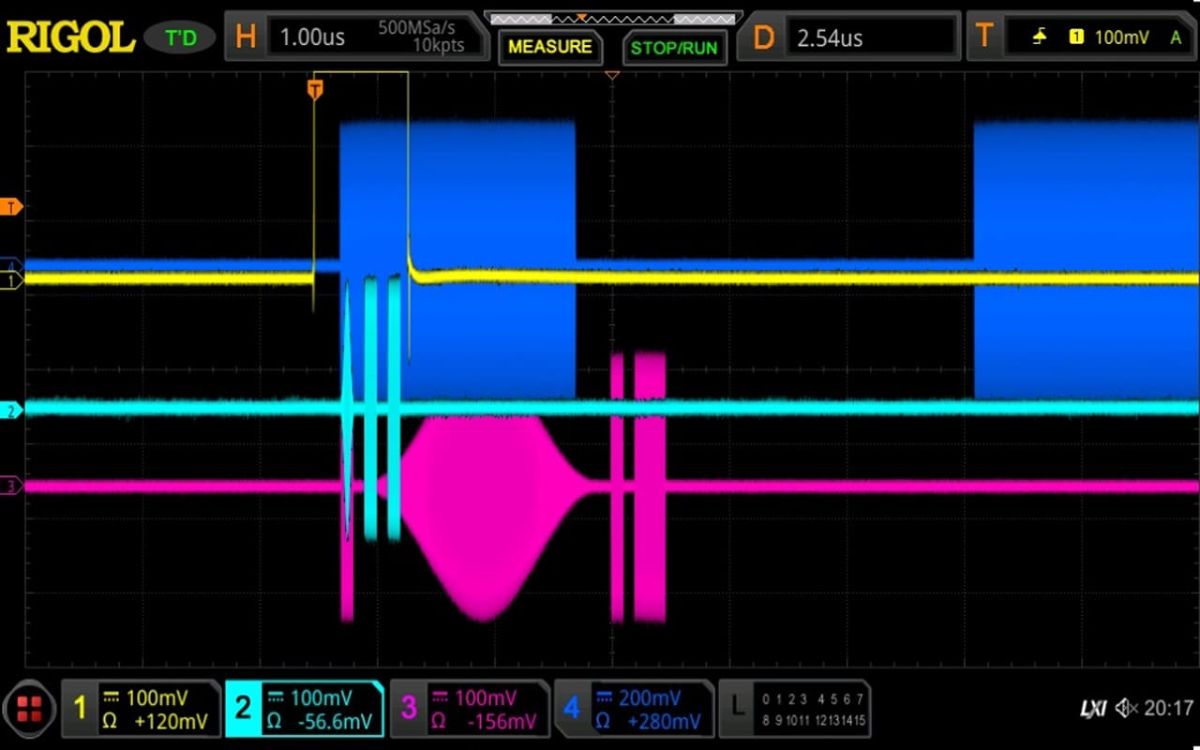
Simple & clear architecture for lightning-fast MCS deployment
With direct-digital output, each compute node needs just one signal port—no mixers, no multi-channel combiners. Cabling drops sharply and debugging is simplified, so you can build the system in a fraction of the time. The layout is clear and maintenance straightforward, giving experiments with hundreds of nodes efficient, reliable hardware support.

Highly integrated, covering all requirements from small to large
Housed in a 19-inch, 16 U chassis, a single SPQ unit packs more than 500 microwave control channels, each with ≥ 65 dBc isolation to suppress crosstalk. Integration is 10 × higher than traditional solutions. By combining full-stack M&C capability with simplified cabling, SPQ delivers both scale and stability, making it easy to grow an advanced-computing system from a handful of bits to a large-scale array.
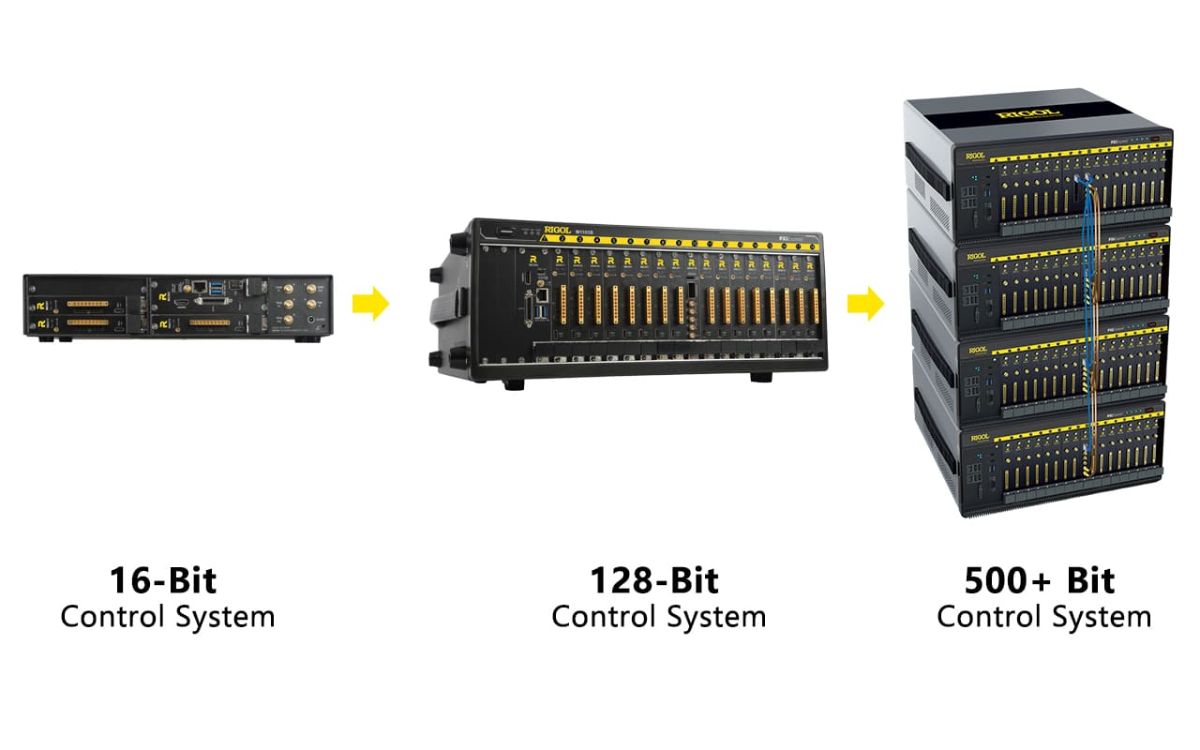
Extremely low system noise, and optimize bit performance
At a 100 MHz carrier with a 1 kHz offset, the SPQ delivers −142 dBc/Hz phase noise and a noise spectral density below −160 dBm/Hz, providing an ultra-clean environment for noise-sensitive computing elements. Decoherence Time is markedly longer, giving a computation window more than twice that of conventional solutions and ensuring long-term stability for deep experiments.
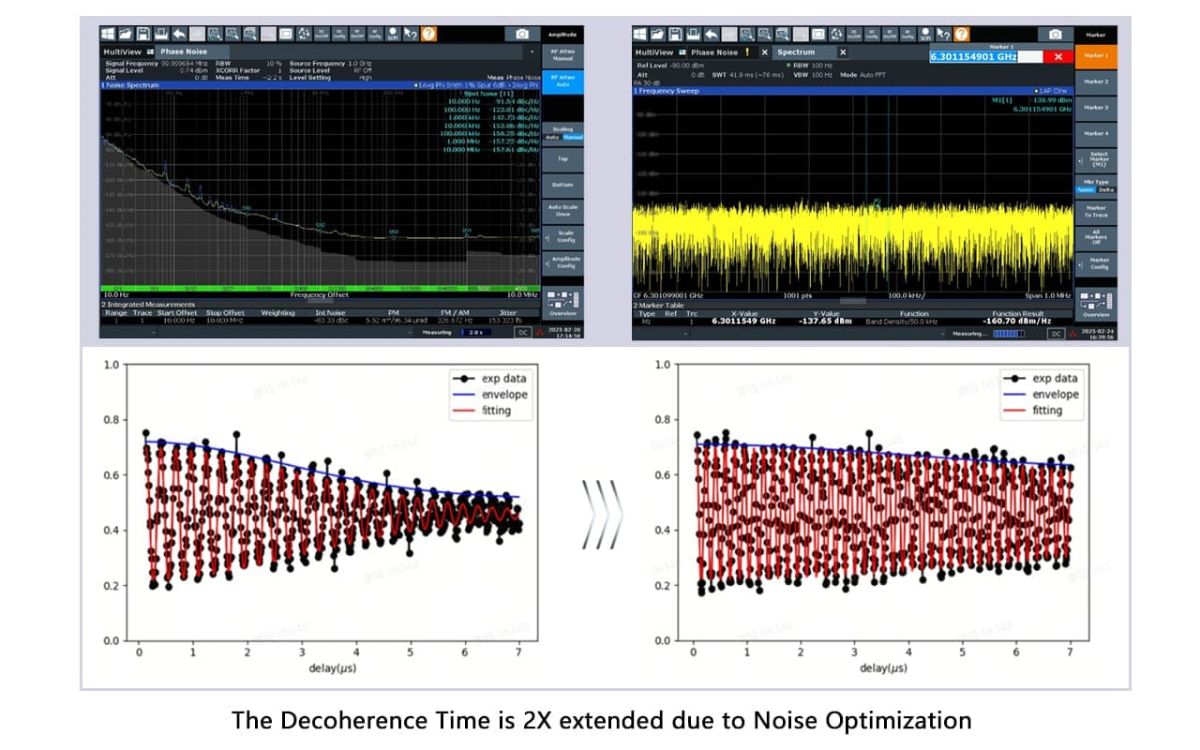
Fusion of supercomputing and advanced computing
Leveraging PXIe-to-PCIe bridging, the SPQ links directly to supercomputers over multiple optical fibers using the PCIe protocol, enabling peer-to-peer data exchange. End-to-end latency drops to the microsecond level, while bandwidth exceeds 6 GB/s. This instant synergy between the exponential state space of advanced computing and the large-scale numerical power of HPC can shorten tasks such as materials R&D from years to just months.
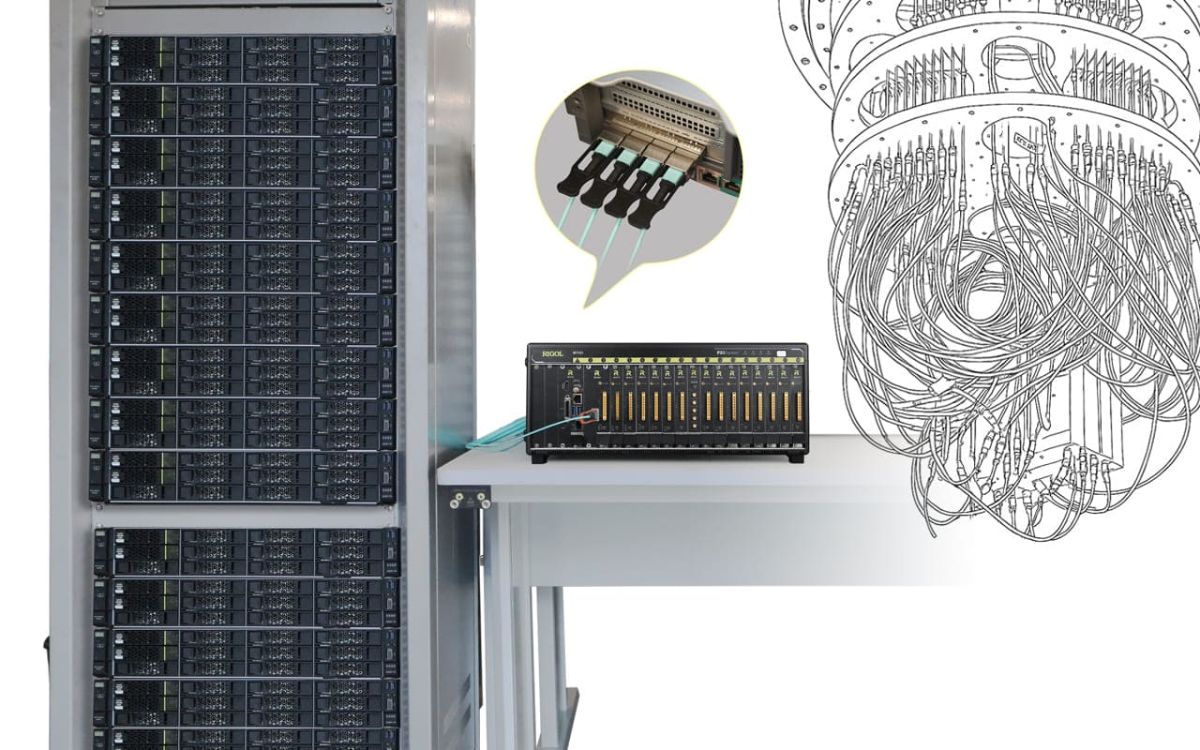


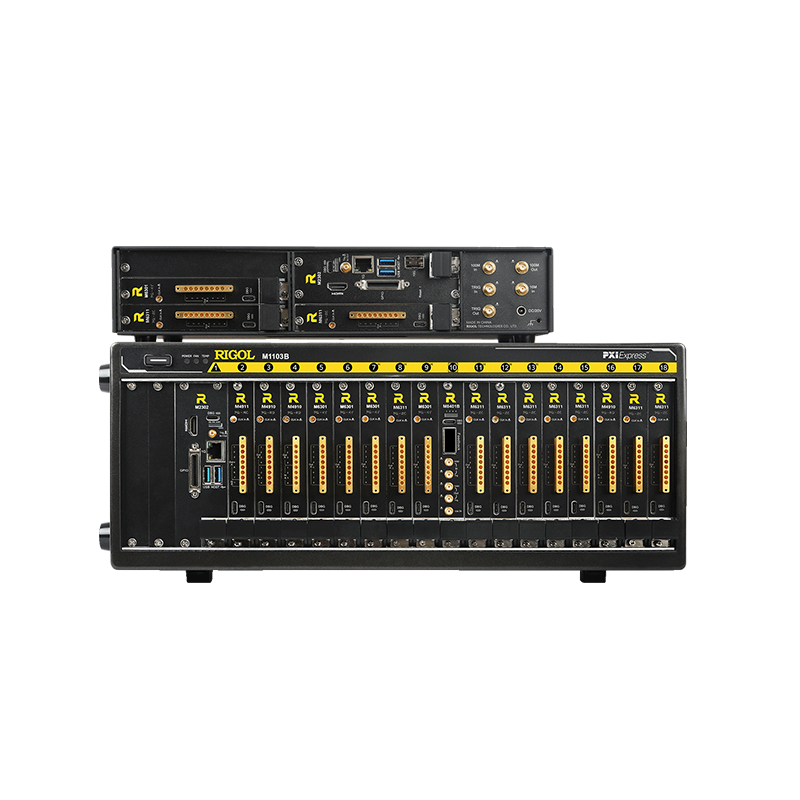
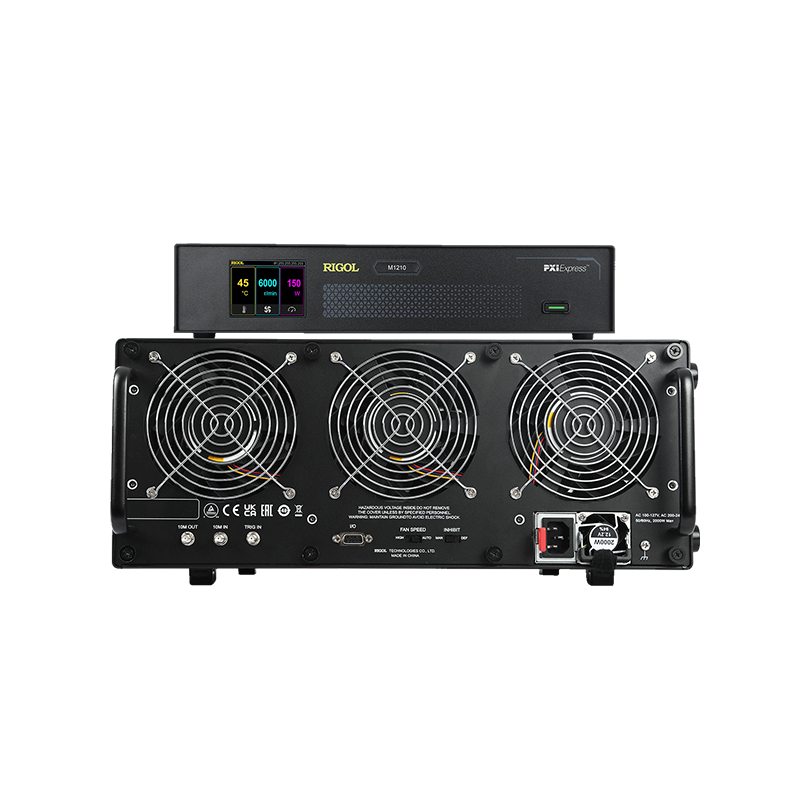
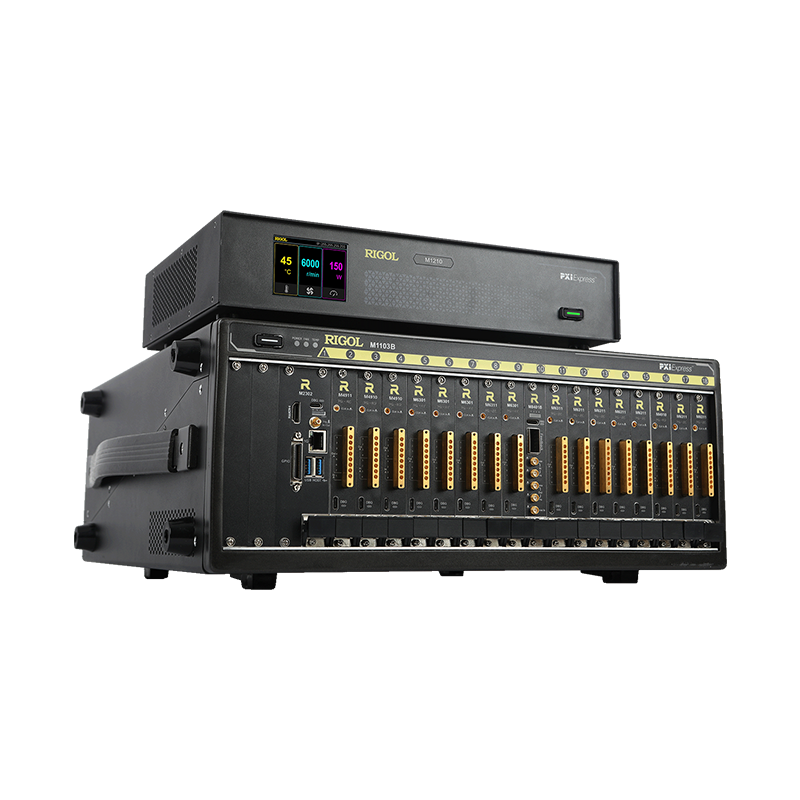
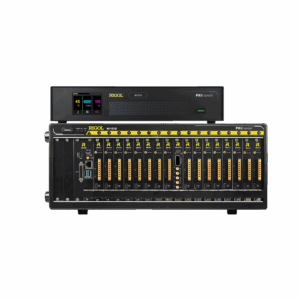
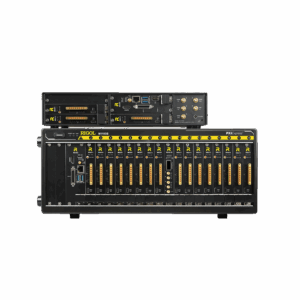
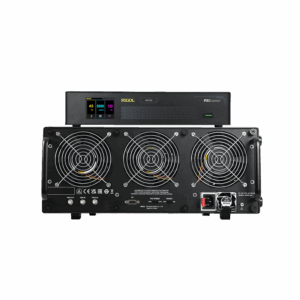
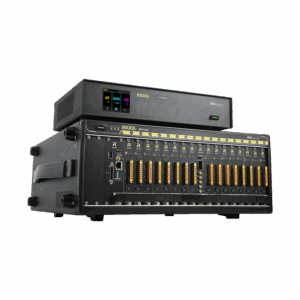


Reviews
There are no reviews yet.